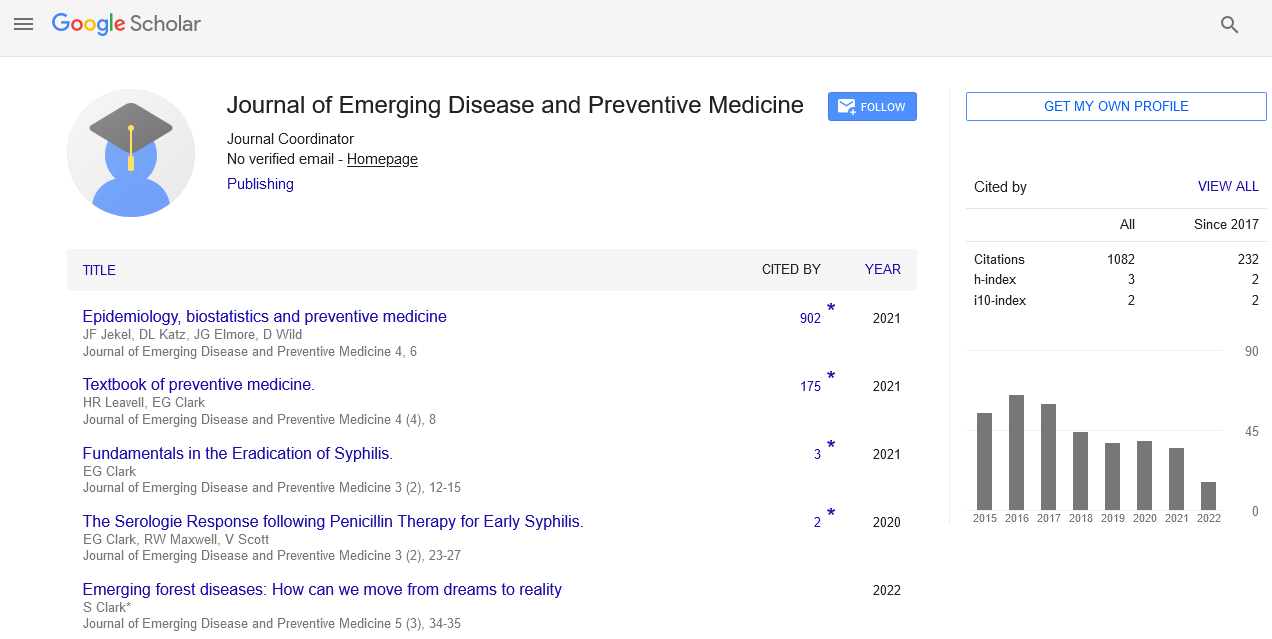An Overview on Obesity and its Medications
Received: 04-Dec-2021 Accepted Date: Dec 18, 2021; Published: 25-Dec-2021
This open-access article is distributed under the terms of the Creative Commons Attribution Non-Commercial License (CC BY-NC) (http://creativecommons.org/licenses/by-nc/4.0/), which permits reuse, distribution and reproduction of the article, provided that the original work is properly cited and the reuse is restricted to noncommercial purposes. For commercial reuse, contact reprints@pulsus.com
Introduction
Obesity is a condition in which too much fat in the body accumulates to such an extent that it can have a detrimental effect on health. human height — despite known allometric accuracy — is over 30 kg / m2; a width of 25-30 kg / m2 is defined as obesity. Some East Asian countries use low rates to calculate obesity. Obesity is a major cause of disability and is linked to a variety of diseases and conditions, especially cardiovascular disease, type 2 diabetes, obstructive sleep apnea, certain types of cancer, and osteoarthritis. High BMI is a sign of danger, but not a direct cause, of diseases caused by diet and exercise. A similar link was found between obesity and depression, in which obesity increases the risk of depression and depression leading to higher rates of obesity.
Obesity has individual, social, economic, and environmental causes. Some of the known causes are diet, exercise, exercise, urbanization, genetic predisposition, medication, psychiatric disorders, economic policies, endocrine disorders, and exposure to endocrine disrupting chemicals. Epidemiologic studies of obesity and obesity in children and adults covering 195 countries have shown that obesity has increased steadily in many countries, doubling in 73 countries over 25 years from 1980 to 2015. Since 2015, the United States and China have had the highest number of obese adults, while China and India had the highest rates of obese children. By 2018, 42% of Americans were overweight. Although most obese people at any time try to lose weight and tend to be successful, studies show that maintaining that long-term weight loss is a rare occurrence. The reasons for cycling are not fully understood but may include a reduction in energy costs including an increase in the biological desire for food during and after calorie restrictions. More research is needed to determine if walking cycling and eating yo-yo diet contributes to inflammation and the risk of disease in obese people.
Although there are no effective, well-defined, evidence-based interventions for obesity, preventing obesity will require a more complex approach, including interventions in the community, family, and individual levels. Changes in diet and exercise are therapies recommended by health professionals. Dietary intake can be improved by reducing the consumption of energy-dense foods, such as those high in fat or sugar, and by increasing the intake of dietary fiber. However, the larger analysis finds a correlation between energy density and energy costs in developed countries. Medications can be used, along with proper diet, to reduce food intake or to reduce fat absorption. If diet, exercise, and medication do not work, a stomach balloon or surgery may be performed to reduce the volume of the stomach or intestines, resulting in a feeling of premature ejaculation or decreased ability to absorb nutrients from the diet. Obesity is the leading preventable cause. deaths worldwide, with increasing rates of adults and children. In 2015, 600 million adults (12%) and 100 million children were overweight in 195 countries. Obesity is more common in women than in men. Public health officials see it as one of the worst public health problems of the 21st century. Today, obesity is discriminated against in many parts of the world (especially in the West). In contrast, some past and present cultures have a positive view of obesity as a symbol of wealth and fertility. However, in 2013, many medical communities, including the American Medical Association and the American Heart Association, classified obesity as a disease.





